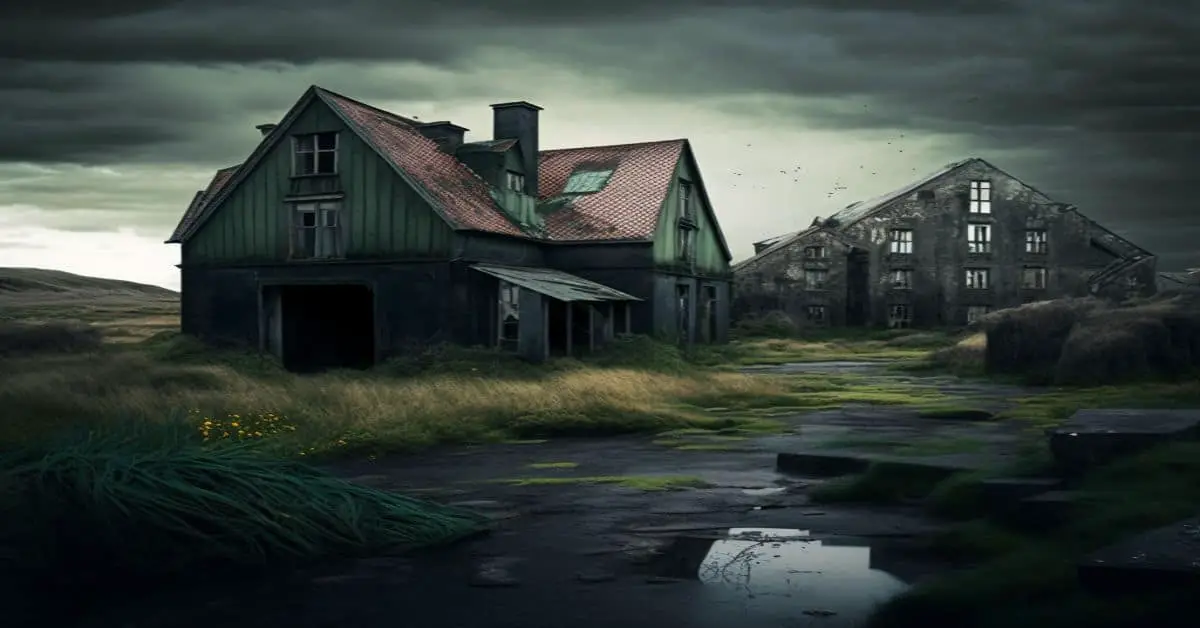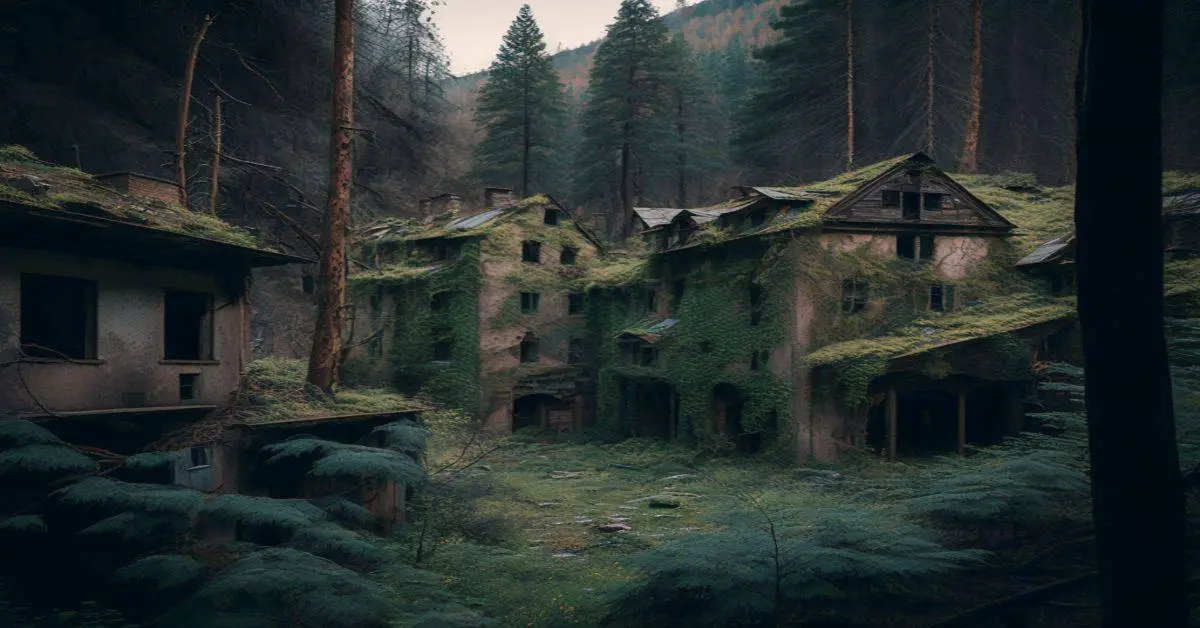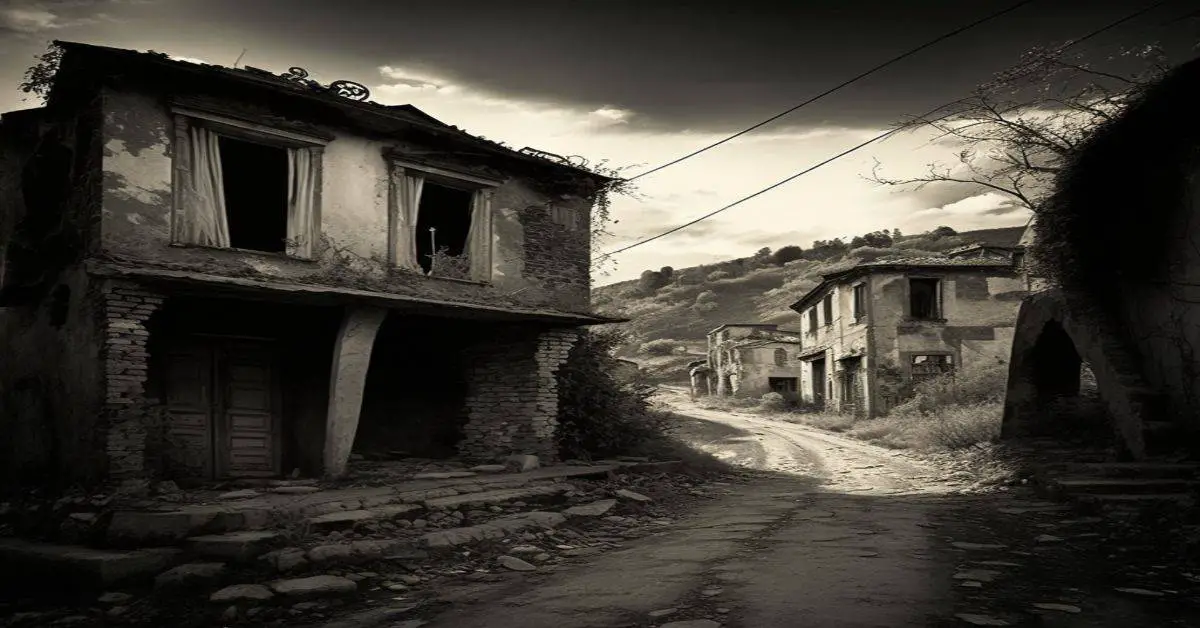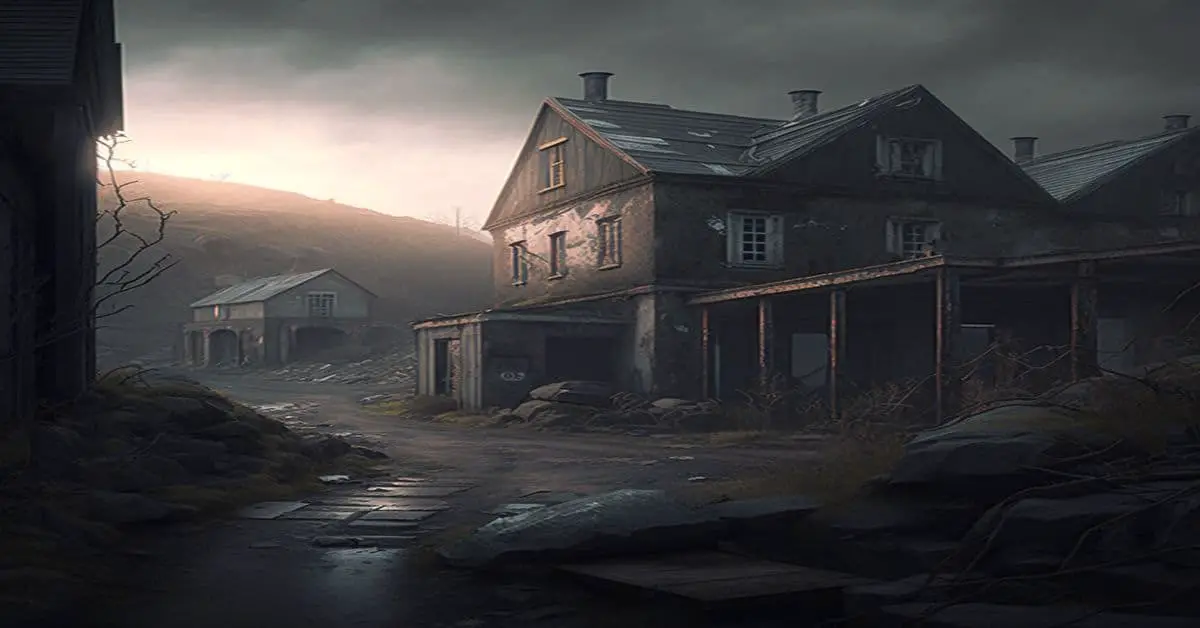Discovering the Ghost Towns of the USA: A Journey Through Abandoned History
From the Wild West to the heart of America, ghost towns are scattered across the landscape, offering a glimpse into the past and a chance to explore the mysteries of bygone days. These once-thriving communities, now abandoned and forgotten, provide a unique and fascinating experience for history buffs, thrill-seekers, and paranormal enthusiasts alike.
In this comprehensive guide, we’ll take you on a journey through some of the most intriguing ghost towns in the United States. From eerie mining towns to desolate rail hubs, these abandoned places have stories to tell and secrets to reveal. So, pack your bags, grab your camera, and embark on an adventure to uncover the history of America’s ghost towns.
Centralia, Pennsylvania
Centralia was once a bustling coal-mining town, home to over 1,000 residents. However, in 1962, an underground mine fire sparked a chain of events that led to the town’s eventual abandonment. The fire spread to the town’s old, underground mines, creating sinkholes and releasing toxic fumes.
As a result, most of the town was evacuated, and by 1992, its real estate was claimed under eminent domain and condemned by the state. Today, only a few residents remain, and the fire is still burning, expected to continue for another 250 years. Visitors can witness the eerie remnants of this once-thriving community, including cracked roads and abandoned buildings.
Rhyolite, Nevada
Rhyolite was once a prosperous mining town located near Death Valley National Park, established in 1904. However, the town’s fortunes declined rapidly after the 1907 financial panic, and by 1916, the town’s lights and power were turned off, sealing its fate as a ghost town.
Today, visitors can explore the ruins of Rhyolite, including the train depot, bank, and general store. The town has also served as a filming location for various movies and music videos, adding to its mystique.
Kennecott, Alaska
Nestled within Wrangell-St. Elias National Park, Kennecott was a copper mining town that thrived from 1911 to 1938. At its peak, the town processed nearly $200 million worth of copper, but by 1938, the mines were depleted, and the town was abandoned.
Today, Kennecott is a National Historic Landmark, offering guided tours and stunning views of the surrounding wilderness. Visitors can explore the 14-story mill and several other historic buildings and learn about the town’s fascinating past.
Bodie, California
Bodie, a gold-mining town established in 1859, was once home to over 10,000 residents. However, as gold supplies dwindled, so did the population, and by the early 20th century, the town was in decline.
Today, Bodie is a California State Historic Park, preserving over 100 original structures, including homes, shops, and the schoolhouse. Visitors can explore this well-preserved ghost town and experience a glimpse of life during the Gold Rush era.
St. Elmo, Colorado
Founded in 1880 as a gold and silver mining town, St. Elmo was once home to over 2,000 residents. However, as the mines began to run dry and disease plagued the town, the population dwindled, and by the 1920s, the town was all but abandoned.
Today, St. Elmo is a popular tourist destination, with many of its original buildings still standing. Visitors can explore the town’s historic sites, including the general store and schoolhouse, and even stay overnight in one of the remaining inns.
Glenrio, Texas/New Mexico
Straddling the border between Texas and New Mexico, Glenrio was a popular stop along Route 66 from the 1940s to the 1960s. However, the construction of Interstate-40 in the 1970s led to the town’s decline, as travelers no longer stopped to visit its gas stations, diners, and motels.
Today, the Glenrio Historic District preserves 17 abandoned buildings, providing a glimpse into the town’s past and its role in the history of Route 66.
Cahawba, Alabama
Cahawba was Alabama’s first state capital from 1820 to 1825, but repeated flooding and the relocation of the legislature to Selma led to the town’s decline. Today, Cahawba is an archaeological park, showcasing the ruins of its abandoned streets, buildings, and cemeteries.
The park also honors the history of the Native American presence in the area and the years when freed slaves lived there. Visitors can explore the park and learn about the town’s history, while keeping an eye out for the ghostly orb rumored to appear in the garden maze.
Custer, Idaho
Custer, a gold mining town established in 1879, was home to a thriving community until the mines closed in 1911, forcing residents to leave their remote mountain homes. Today, most of the town still stands, and in 1981, it was added to the National Register of Historic Places.
The town’s buildings are open seasonally for visitors, and the original school now serves as a museum.
Santa Claus, Arizona
Founded in 1937 as a Christmas-themed town in the middle of the Mojave Desert, Santa Claus was initially popular with tourists, but its novelty eventually wore off, and by the 1970s, the town was abandoned.
Today, visitors can still see the rundown red-and-white buildings and forlorn tinsel, offering a unique glimpse into the history of this quirky ghost town.
Photo by nightowl onPixabay
Thurmond, West Virginia
Once a thriving coal-mining and rail hub in the early 1900s, Thurmond’s prosperity ended with the Great Depression and the invention of the diesel train in the 1950s. Today, the National Park Service has restored the town’s depot, and it is listed on the National Register of Historic Places. Visitors can take a self-guided tour of the now-quiet town by driving seven miles down a narrow, winding road.
Mystic, South Dakota
Mystic was a thriving mining town in the late 1800s, but as the mines began to run dry, the town’s population dwindled, eventually becoming a ghost town. Today, visitors can explore the ruins of Mystic, including its old jail, general store, and the remains of the sawmill that once operated in the town.
Terlingua, Texas
Located deep within Far West Texas, Terlingua was once a prosperous mining town, founded in the late 1800s. However, as the mines were depleted and the population declined, Terlingua became a ghost town.
Today, a small community of eccentric residents inhabits the area, and the town has become a popular tourist destination, offering a unique blend of history, culture, and natural beauty.
Bulowville, Florida
Founded in the early 1800s as a plantation, Bulowville was once a thriving community, producing cotton, sugar cane, rice, and indigo. However, the plantation was destroyed during the Second Seminole War in 1836, and the town was abandoned.
Today, visitors can explore the ruins of Bulowville, including the old mill, and learn about the town’s history and the hardships faced by its residents.
Goldfield, Arizona
Goldfield, a gold-mining town established in 1892, saw a rapid decline in population as the mines were depleted, and by the early 1900s, the town was abandoned. Today, Goldfield has been partially restored and is now a popular tourist destination, offering mine tours, a narrow-gauge railroad, and a variety of other attractions.
Castle Dome, Arizona
Founded in 1862 as a mining camp, Castle Dome was once home to over 3,000 residents. However, the town’s fortunes declined when it became apparent that the ore contained more lead than silver. Today, the mines have been converted into a museum, and visitors can explore the town’s remaining buildings.
South Pass City, Wyoming
Established in 1867 as a gold mining town, South Pass City was once home to a thriving community. However, as the mines began to run dry, the town’s population dwindled, eventually becoming a ghost town.
Today, South Pass City is a state historic site, preserving over 30 historic buildings and offering visitors the chance to explore the town’s history and the lives of its former residents.
Bannack, Montana
Bannack, a former gold-mining town, is now a state park with over 60 original buildings still standing, offering visitors the chance to explore the town’s history and experience its paranormal activity. The town’s most haunted building, Hotel Meade, is said to be haunted by the spirits of its former residents.
Calico, California
Calico, an old West mining town established in 1881, is now a county regional park and California historical landmark, offering visitors the chance to explore its abandoned buildings and learn about its history. The town features a mine tour, a reptile museum, a mystery spot, and legends of a lost treasure.
Conclusion
The ghost towns of the United States offer a unique and fascinating glimpse into the nation’s past, providing a one-of-a-kind experience for history buffs, thrill-seekers, and paranormal enthusiasts alike.
From the Wild West’s eerie mining towns to the heartland’s abandoned rail hubs, these deserted communities have stories to tell and secrets to reveal. So, pack your bags, grab your camera, and embark on an adventure to uncover the history of America’s ghost towns.



